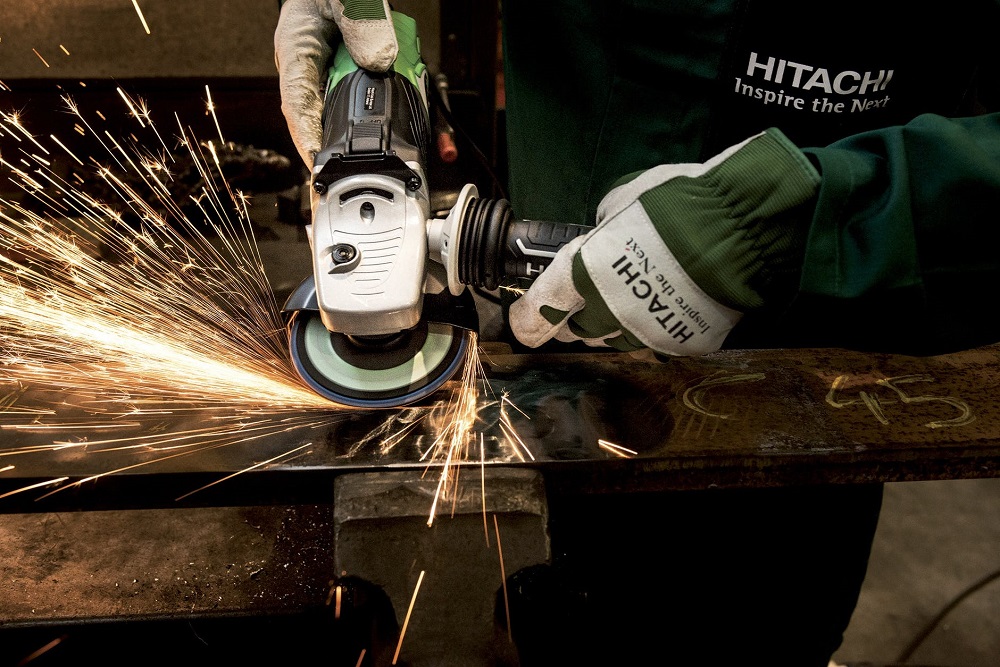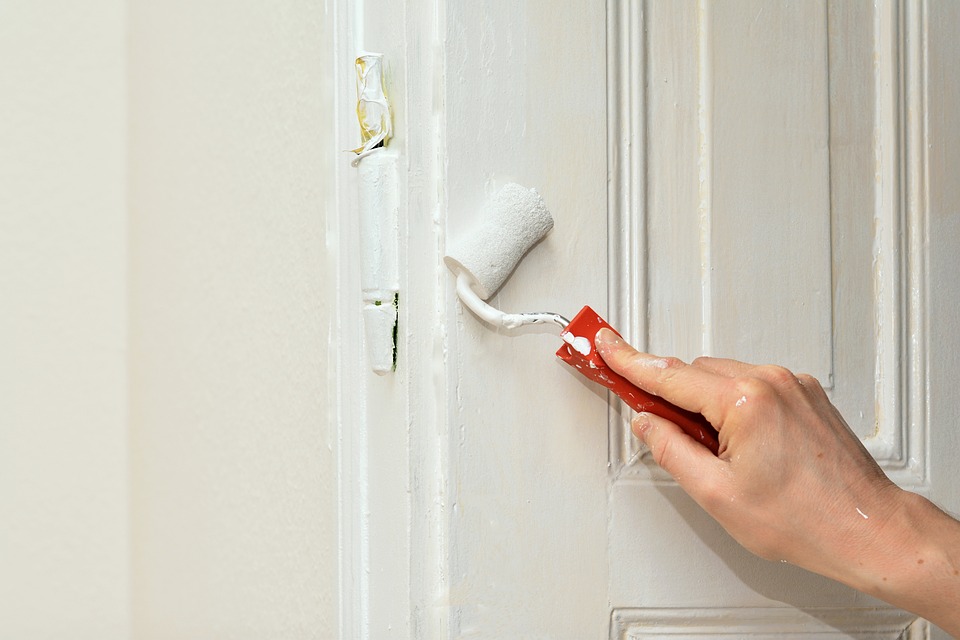When you’re renovating a property, it’s highly likely you may get too caught up in the excitement of it all to consider health and safety. But, without safety precautions in place, there is the possibility for fatal accidents or injuries to happen to anyone, including yourself, guests, or builders.
Cutting out the risks will help to prevent any injuries and potential opportunities for those involved to sue. So, we’re here to provide some tips on avoiding on-site accidents. Read on to learn more…
What Are Common Home Improvement Accidents?
With the global pandemic sparking an increase in homeowners DIYing, the risk for on-site accidents is at a high. While many TV shows, YouTube videos, and TikTok videos make DIY look incredibly easy, the real world is slightly different and has serious risks, including death. Some of the most common injuries may include:
Injuries From Tools
Whilst accidents can be avoided by not using tools, it isn’t necessarily practical or possible. Most home renovations require the use of tools, specifically handheld power tools. It’s not unheard of that people have accidents involving tools they’re using and, in fact, it is relatively common.
2020/21 NHS data reveals lockdown DIY led to more than 5,600 people attending hospital due to accidents involving an electric handheld tool. Common accidents from power tools include electrocution, eye injuries from sparks and flying debris, deep cuts, bruises, and even amputations. Power tools need to be handled carefully, with adequate training to prevent accidents from occurring.
Falling Off Ladders
Most DIY tasks at home require the use of a ladder and that, as you can imagine, leads to many accidents. HSE statistics show that a third of all injuries come from ladders. Other statistics show that, on average, six people die each year from ladder falls, and they are the number one cause of workplace deaths.

Electric Shocks
Electric shocks aren’t uncommon, and often occur due to power being left on in the property. Electric shocks are extremely dangerous and can potentially be fatal. Where you or a builder is working with electricity, it’s imperative that safeguards are in place to prevent injury or death.
Toxic Fume Exposure
Exposure to noxious fumes is extremely common in renovation projects, from working with paint to adhesives. Some of the potential side effects from inhaling fumes could include nausea and headaches.
Some of the more severe consequences can include asthma attacks and allergic reactions. Whilst most DIY renovation fumes are unlikely to severely affect you, it is possible to be exposed to more dangerous fumes unknowingly.
Slips, Trips and Falls
Slips, trips, and falls accidents are very common anywhere, including in-home settings. Whether you are renovating your home yourself or are employing contractors, it’s important that preventions are in place.
Accidents that can occur include bruises, wounds, fractures and breaks to individual or multiple bones across the body. Most slips, trips and falls, whilst unpleasant, are not often fatal, but it is possible, particularly where work is being carried out from a height, such as on the roof.
How Can Accidents When Renovating Be Avoided?
How to Prevent Injuries from Tools
As injuries from tools are fairly common occurrences, and often lead to many hospitalisations each year, it is incredibly important to reduce the prevalence of injuries from tools. This can be done by:
- Reading the instruction manual on how to safely use the tool
- Watching YouTube videos on safe use of the tool
- Wearing protective equipment, including clothes and eyewear
- Making sure the tool is turned off when not in use
- Having a clean and tidy work area
- Checking the tool for any damage before use

How to Prevent Ladder Falls
To prevent the risk of anyone working or visiting your home from suing due to a ladder-related injury, having ladder safety protocols in place is essential, including:
- Checking the ladder before use for any loose or broken parts
- Don’t balance a ladder to gain additional height
- Keep a 1:4 ratio when placing the ladder against a wall or structure
How to Prevent Electrocutions
To help prevent any electric shocks whilst working with electricity, the following factors should be considered:
- Ensure all electricity is switched off before commencing work involving electrics
- Ensure tools are working correctly before usage
How to Prevent Toxic Fume Exposure
Some of the prevention methods for toxic fume exposure include:
- Have a well-ventilated work area when working with fume-emitting materials
- With unknown or dangerous fume-emitting materials, use a quality respirator
- Do not mix products unless the label suggests it’s safe to do so
- Thoroughly clean tools after usage
How to Prevent Slips, Trips and Falls
There are certain considerations that can be made in regard to slips, trips and falls prevention, including:
- Laying non-slip mats
- Inspecting surroundings for potential hazards that could cause slips, trips and falls, such as rugs, wires, screws, etc.
- Clearing spillages immediately
- Ensuring appropriate tools, equipment and protection is used when working on a roof
On-Site Accidents Can Be Avoided
What we can conclude is that, with the right precautions in place, accidents can be avoided as much as possible. Making safety considerations will help to prevent any serious injuries, fatalities, or the possibility of being sued.
Are you currently renovating your home? What precautions have you put in place to prevent accidents?
Please be advised that this article is for general informational purposes only, and should not be used as a substitute for advice from a trained health and safety professional. Be sure to consult a health and safety professional or provider if you’re seeking advice about avoiding on-site injuries. We are not liable for risks or issues associated with using or acting upon the information on this site.






